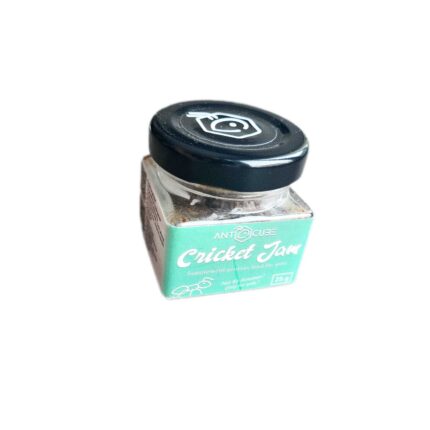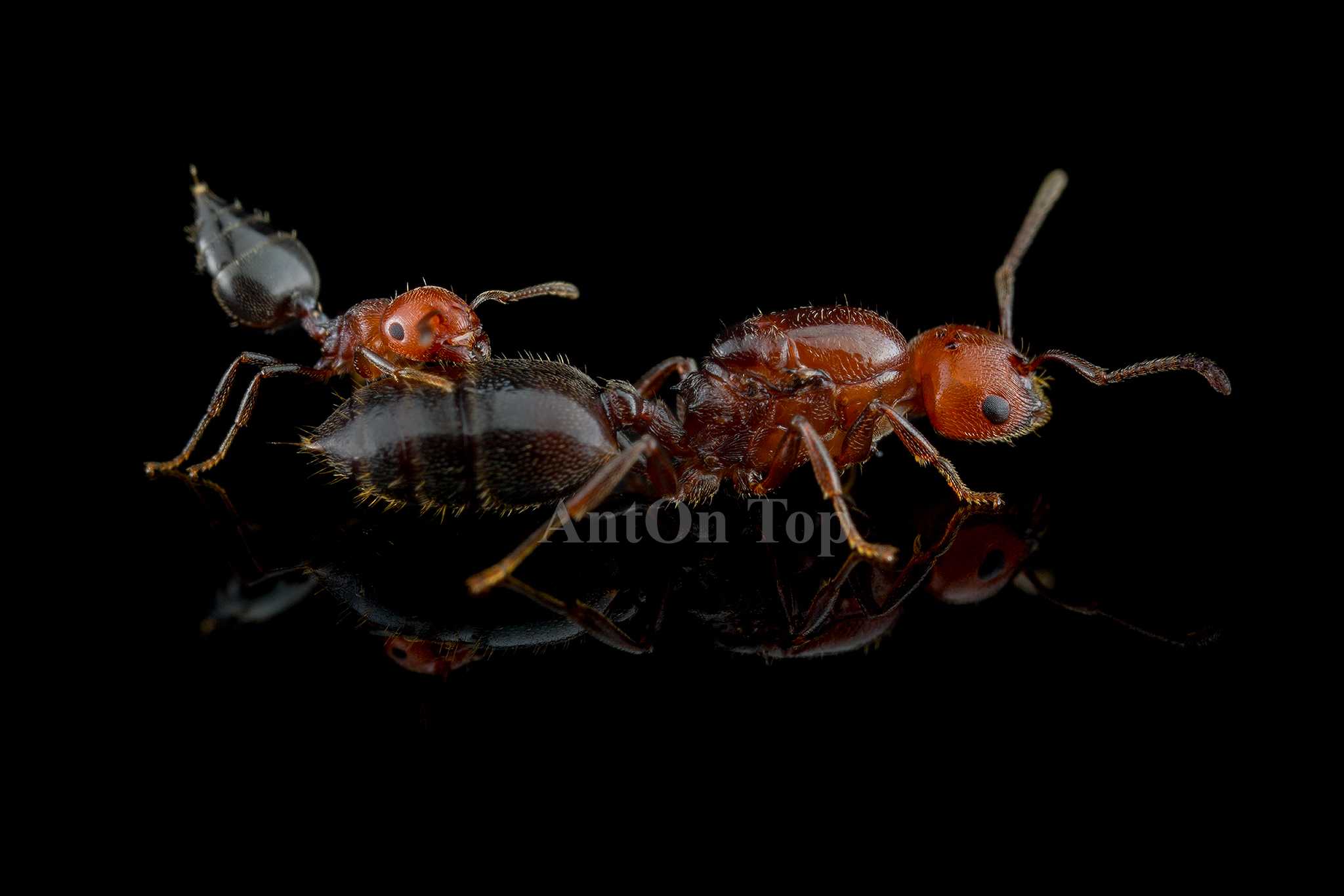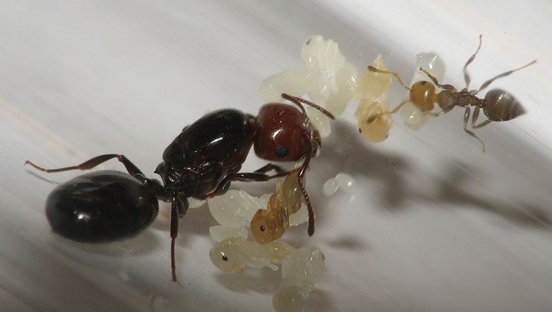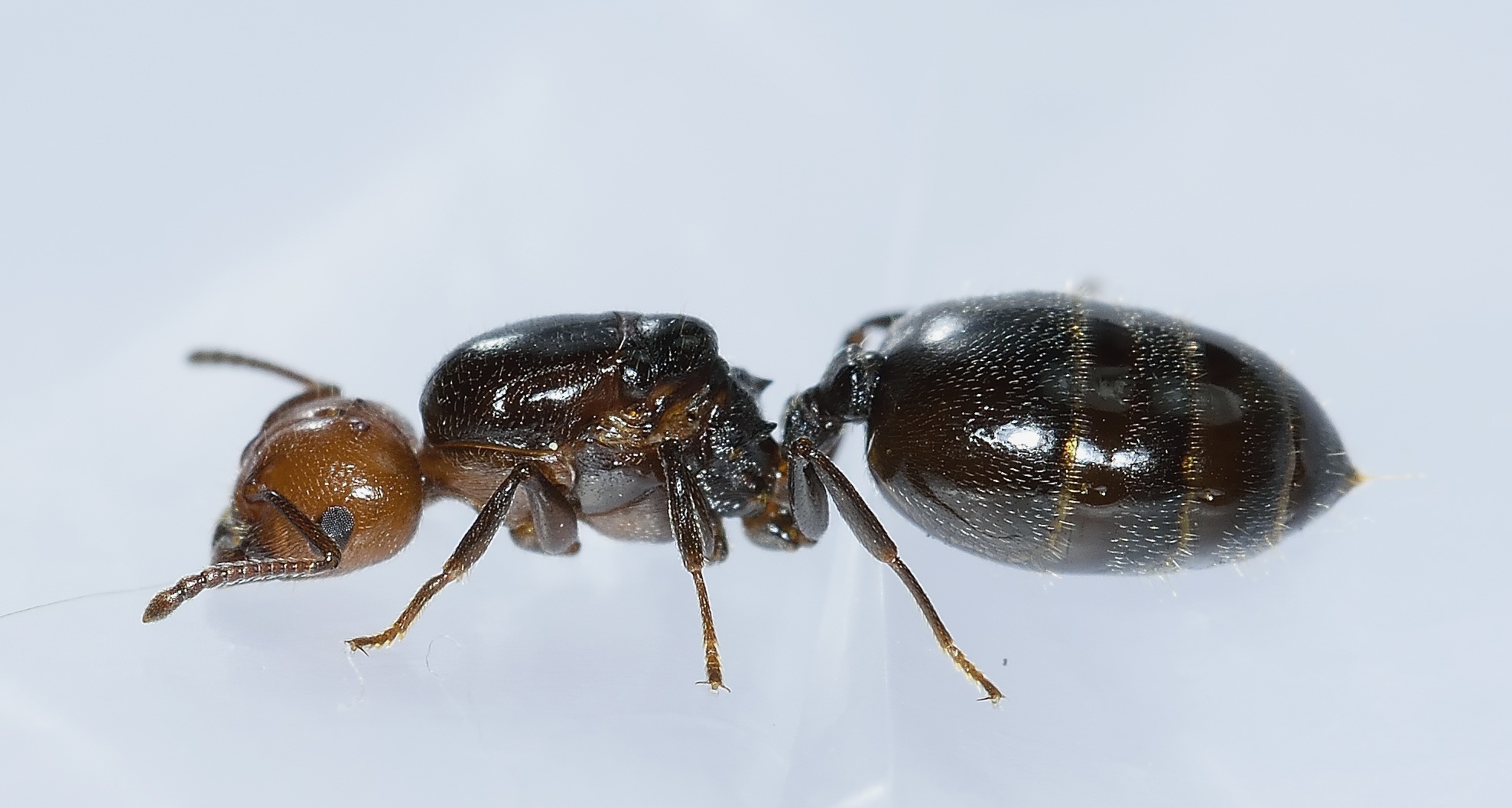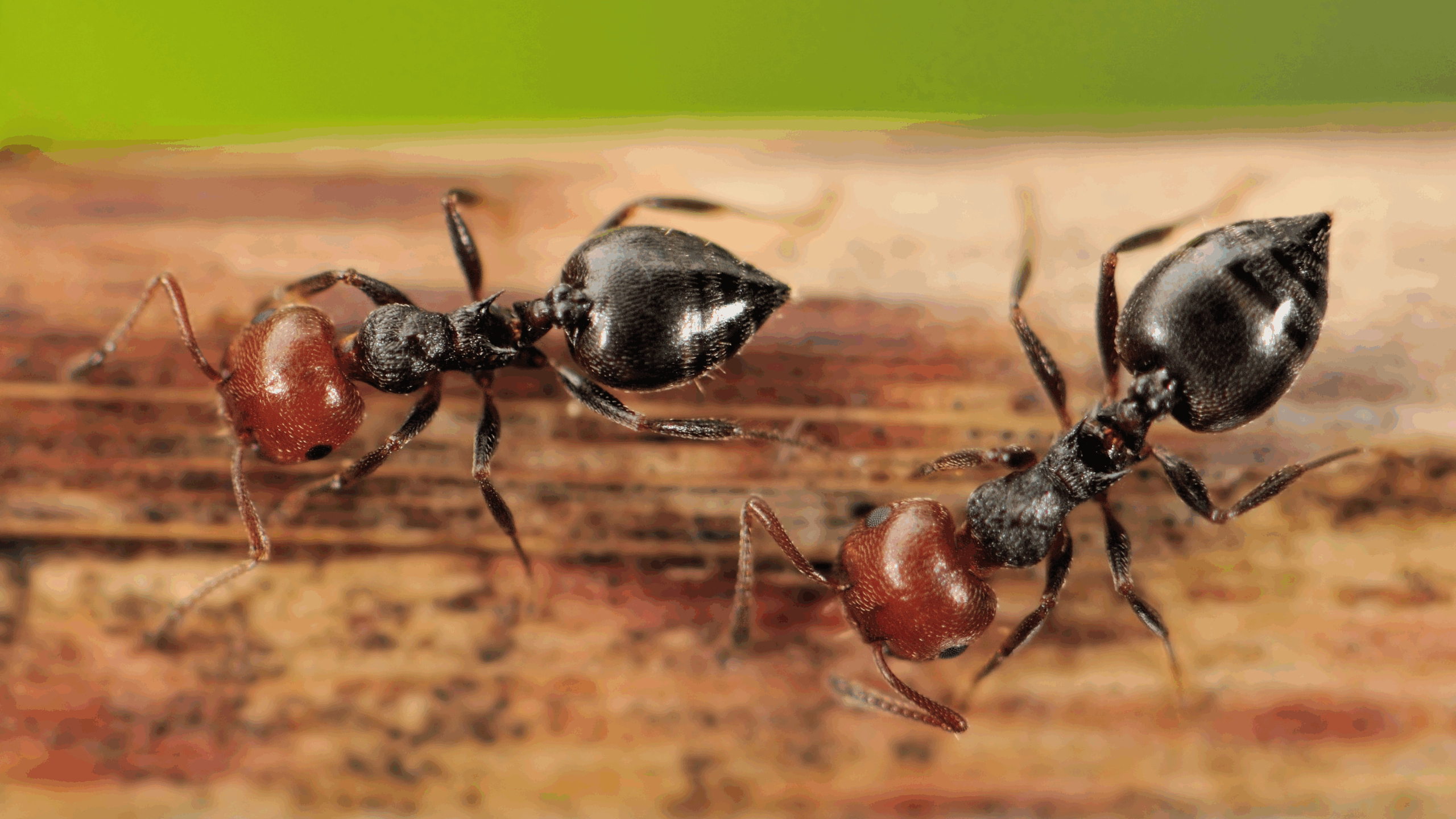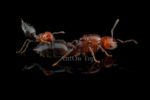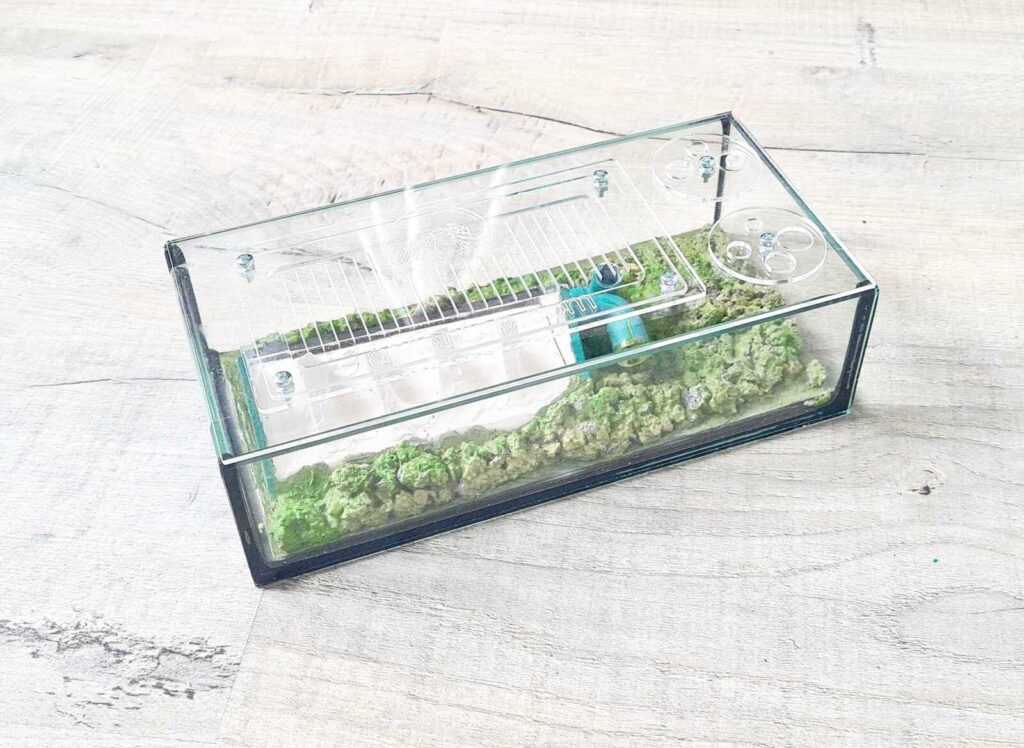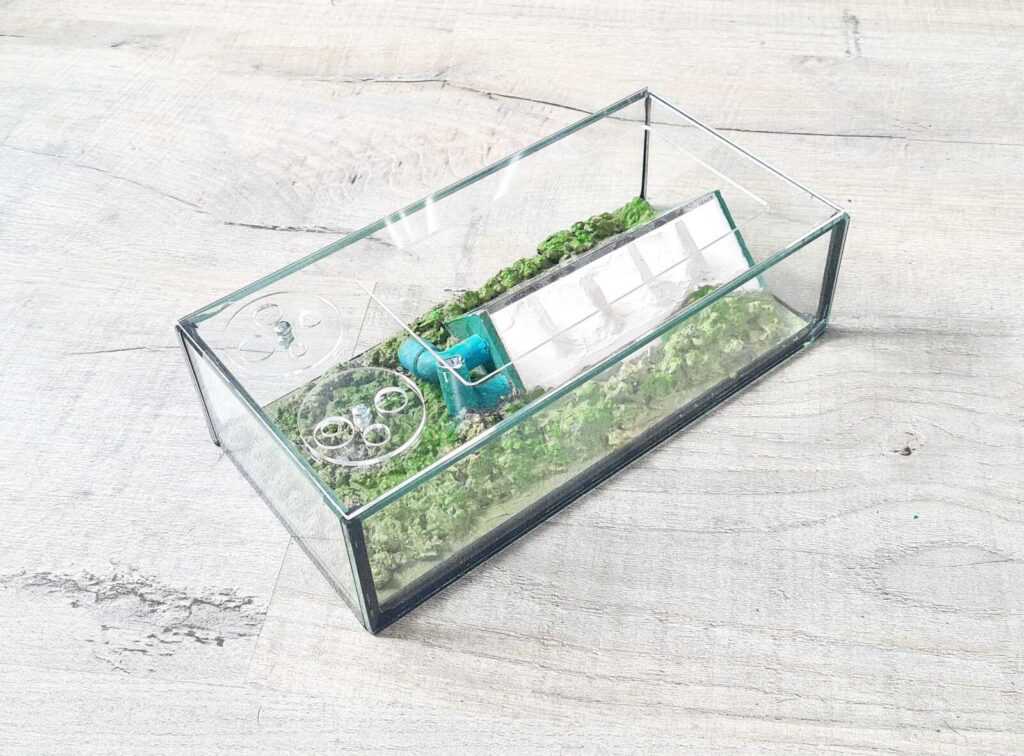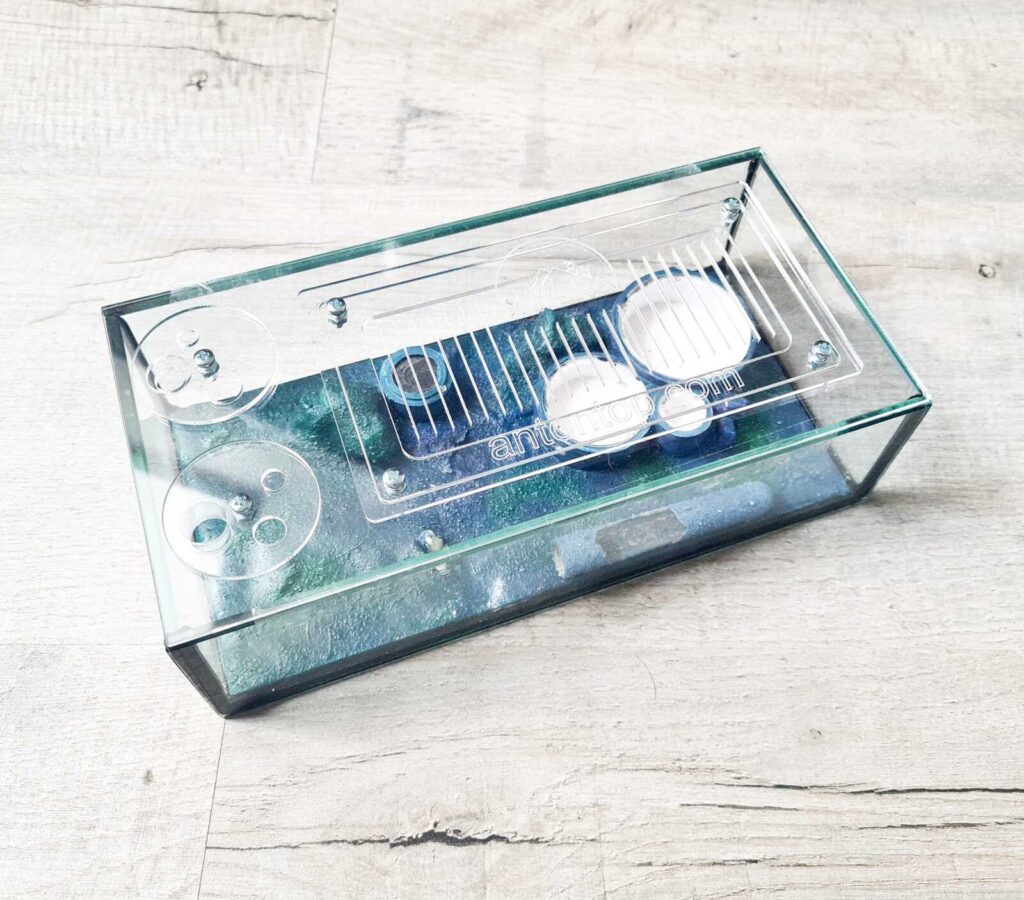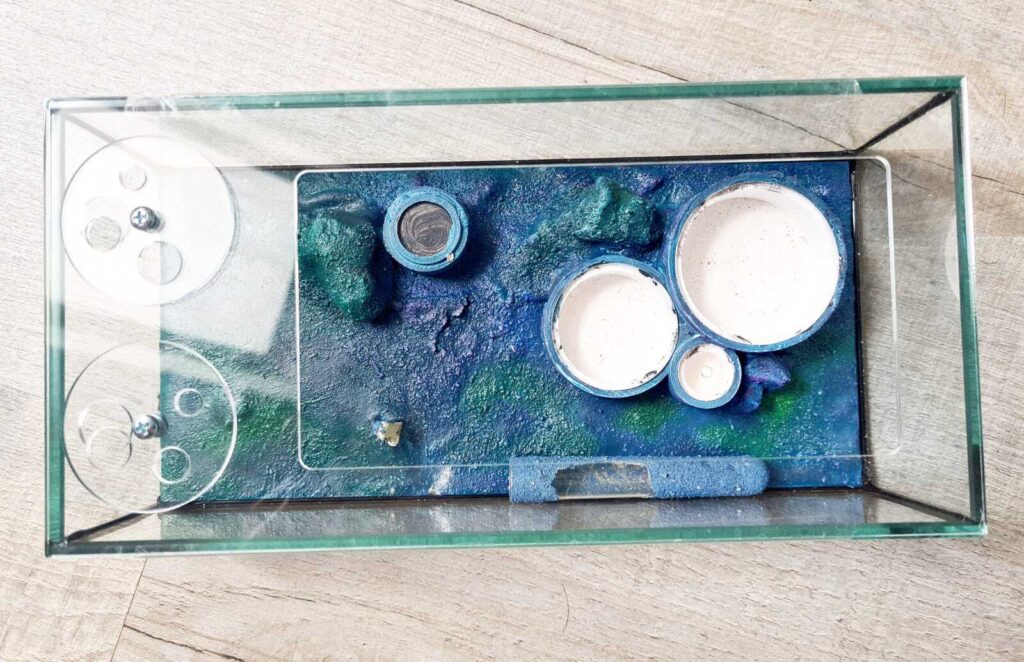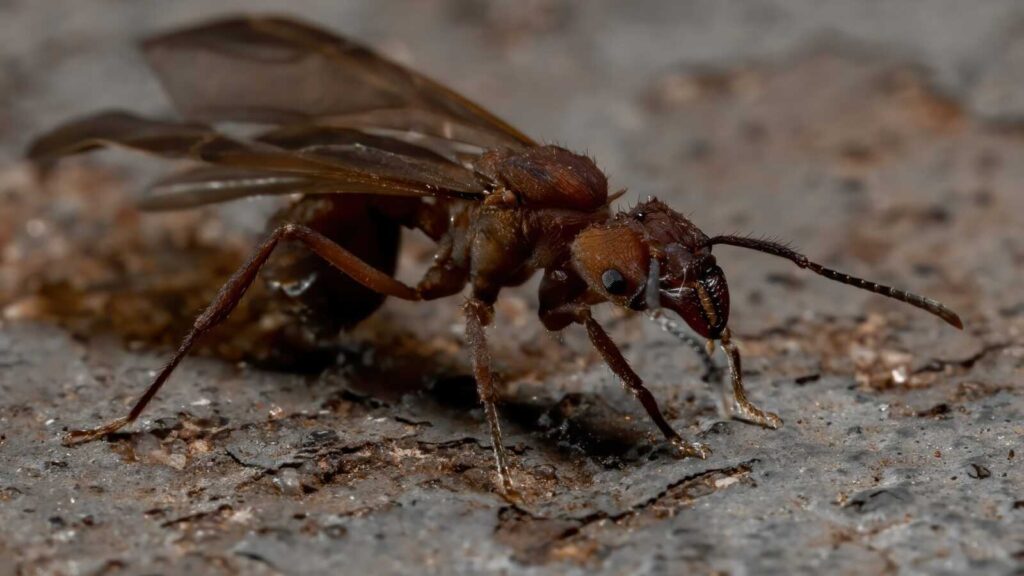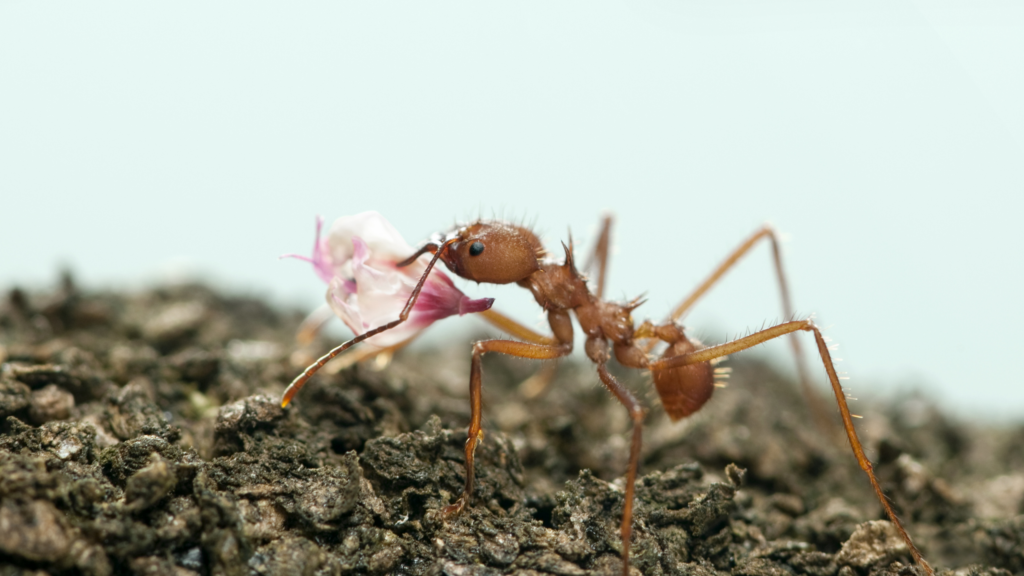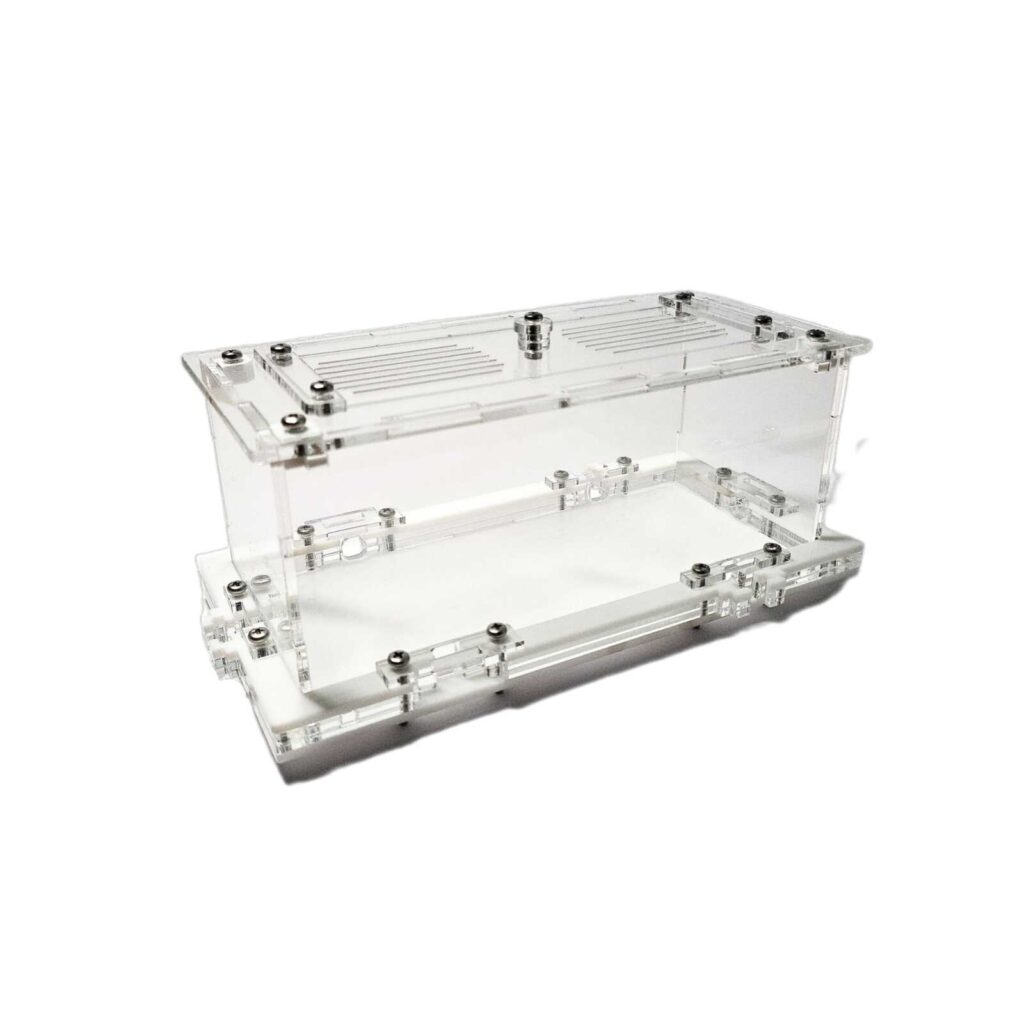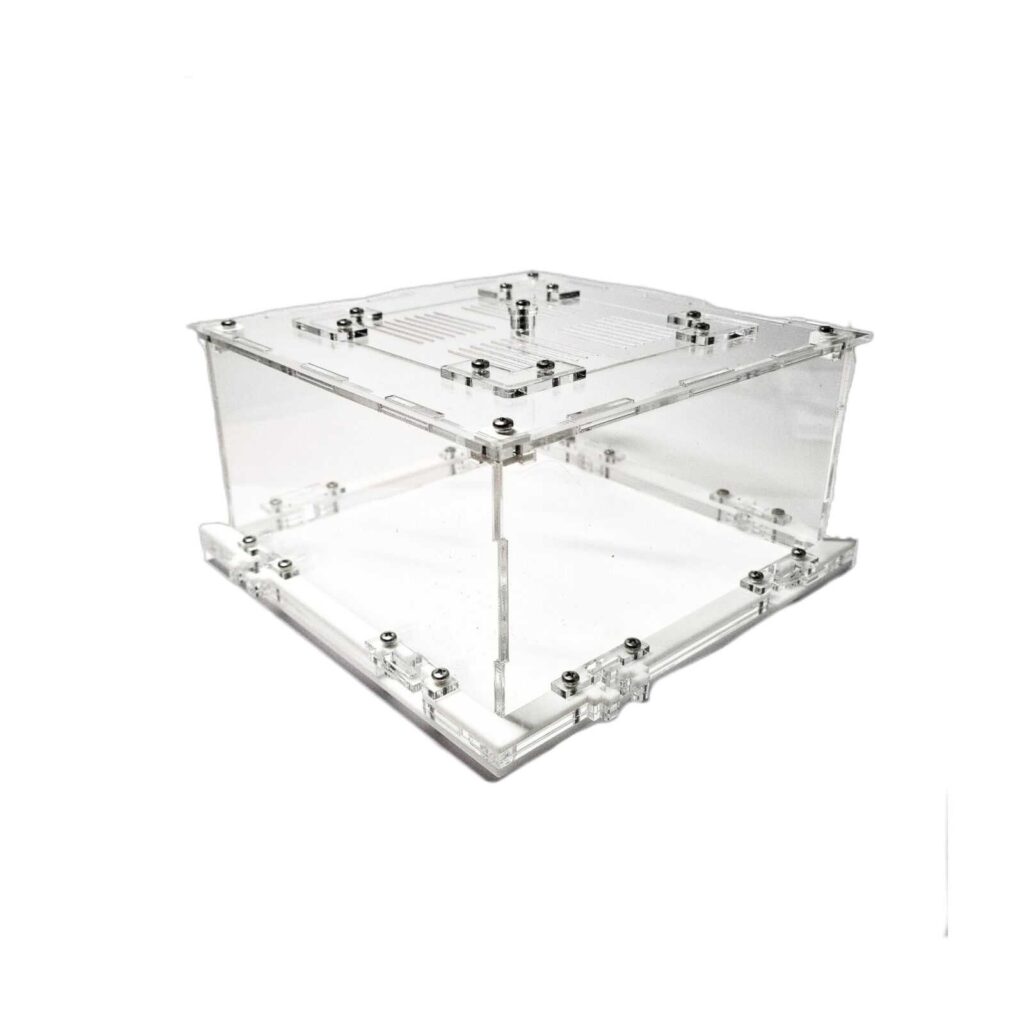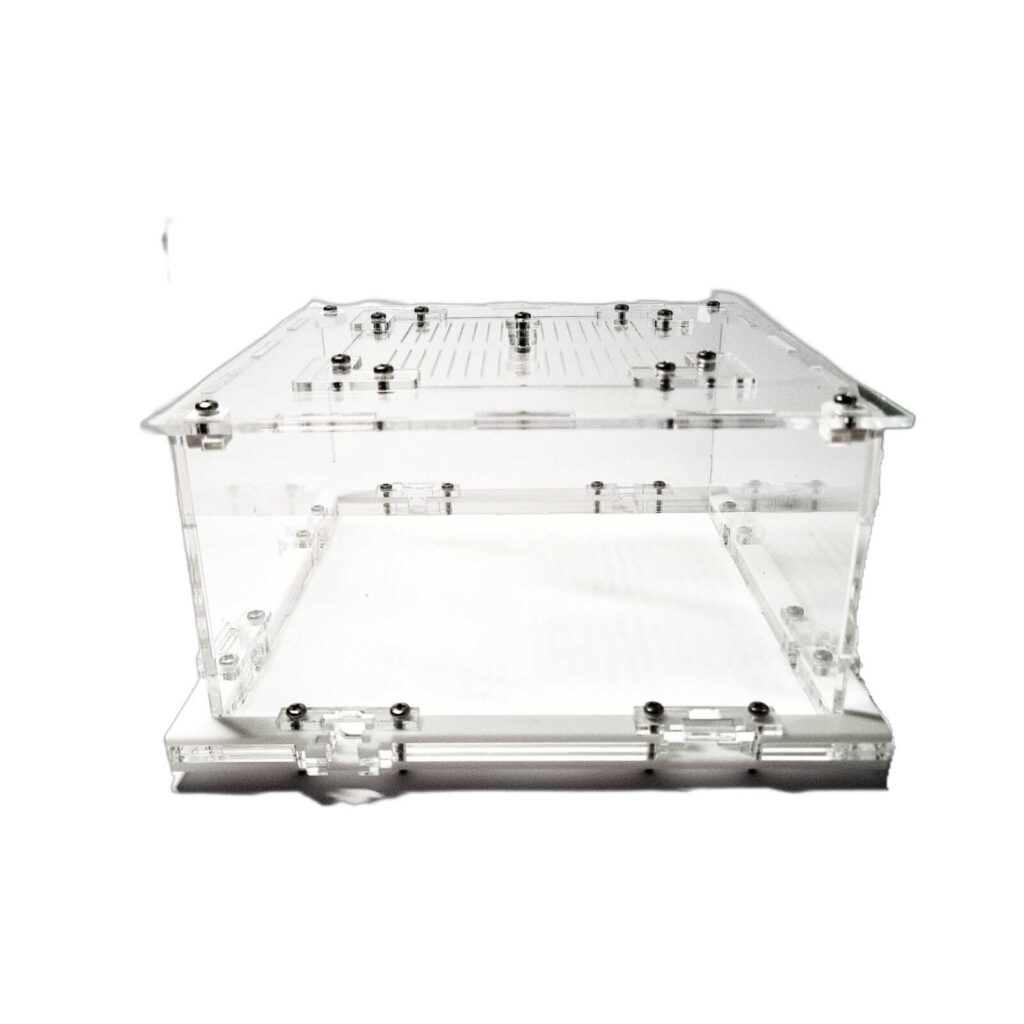Crematogaster scutellaris
95,90 zł – 239,90 zł
Worldwide shipping
Free delivery over 500 PLN
The highest quality of goods
Live delivery guarantee
24/7 Personal Support
Fair Prices
Description
Crematogaster scutellaris is a fast-developing ant species with monogynous colonies of up to 20,000 workers. The queen measures 8-9mm while workers are 4-5mm in size. They have an orange or brown-orange head and a black body. These ants are nourished by insect food, syrup, fruit, vegetables, jelly, and cooked chicken without bones.
Additional information
| Behavior | |
|---|---|
| Difficulty in breeding | |
| Origin | |
| The size of ants | |
| Wintering |
Crematogaster scutellaris
Welcome to the world of Crematogaster scutellaris – a fascinating ant species that is sure to captivate ant enthusiasts and nature lovers alike. With their distinct orange or brown-orange heads and black bodies, these ants are not only visually striking but also possess unique characteristics and behaviors that make them a delight to observe and care for. In this comprehensive guide, we will explore everything you need to know about Crematogaster scutellaris, from their colony type and size to their preferred nutrition and recommended nests for breeding.
Colony Type and Size
Colony Type: Monogyny
Colony Size: Up to 20 000 workers
Development Speed: Fast
Size and Color:
- Queen: 8-9 mm
- Workers: 4-5,5 mm
Color: They have a distinct coloration, with a black abdomen and a dark brown body.
Nutrition:
- Food insects (such as cockroaches and crickets) dead, or live if colony is big
- Syrup (a mixture of water and honey or sugar, with a ratio of 4/3 water:1)
- Fruits and vegetables
- Jelly
- Cooked chicken without salt, shrimps
- Honey
Don’t forget to check out our food products to ensure a well-balanced diet for your colony!
Humidity and Temperature:
- Humidity: Arena: 30-50%, Nest: 40-60%
- Temperature: Arena: 22-28 °C, Nest: 22-26 °C
Species Features
Perhaps one of the most intriguing aspects of Crematogaster scutellaris ants is their cautious and secretive nature. When faced with danger, these ants do not panic but instead retreat to safety. Observing their retreat and communication tactics can be a captivating experience, showcasing the intelligence and adaptability of these fascinating insects.
Recommended Nests for Breeding
Providing suitable nesting options is vital when breeding and caring for Crematogaster scutellaris colonies. These ants thrive in nests made of materials such as acrylic, cork, gypsum, and aerated concrete. The choice of nest material depends on factors such as moisture retention, durability, and ease of maintenance.
Acrylic nests are a popular choice due to their transparency, allowing for easy observation of ant behavior and nest development. Cork nests provide a natural aesthetic and excellent moisture retention, while gypsum and aerated concrete nests offer durability and insulation properties. Consider your preferences and the needs of your Crematogaster scutellaris colony when selecting the appropriate nest type for breeding.
In conclusion, Crematogaster scutellaris ants are a captivating ant species that offer a unique and rewarding experience for ant enthusiasts. Their striking appearance, monogynous colony structure, fast development speed, and intriguing behaviors make them a fascinating addition to any ant keeping hobbyist’s collection. By providing them with the right nutrition, ideal environmental conditions, and suitable nesting materials, you can ensure the health and well-being of your Crematogaster scutellaris colony and enjoy the wonders of observing their daily activities.



